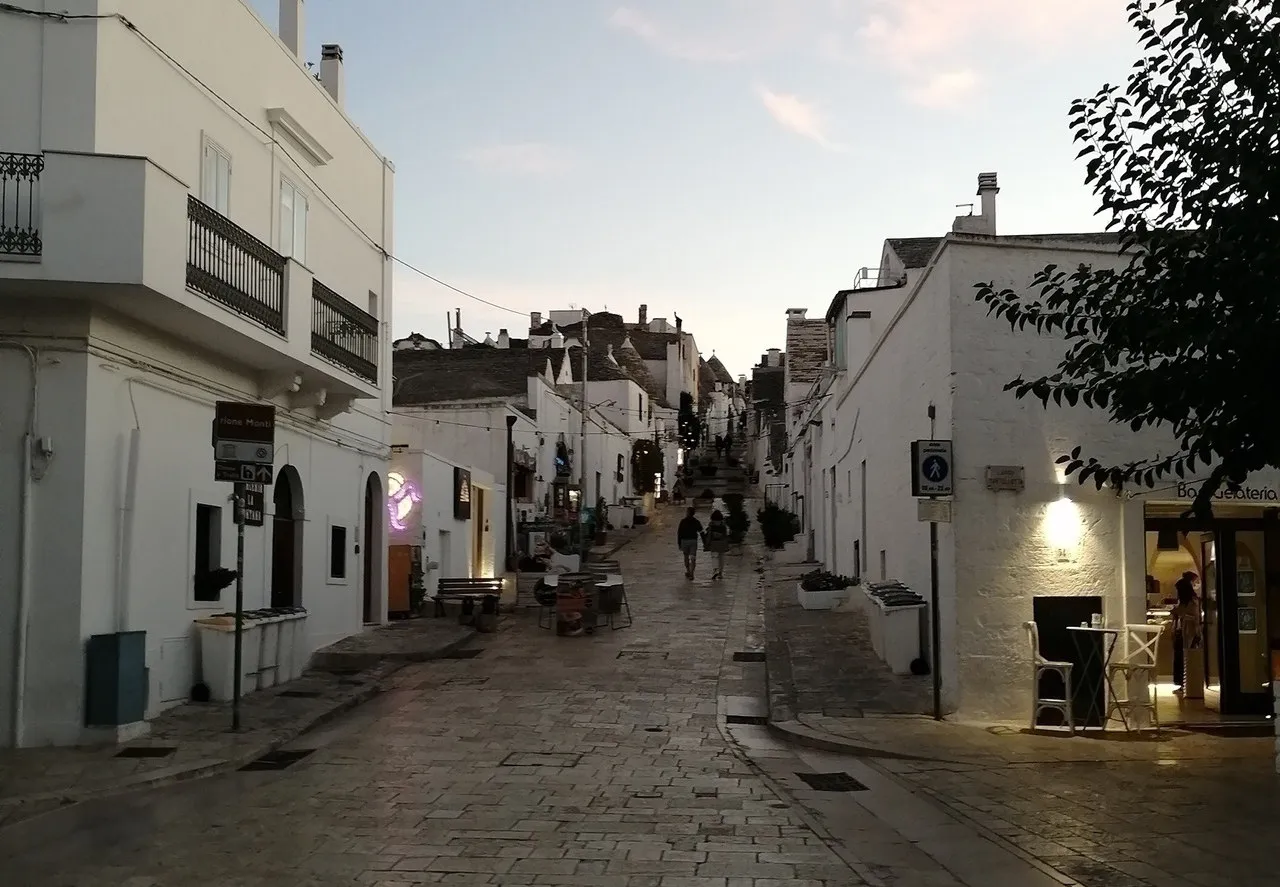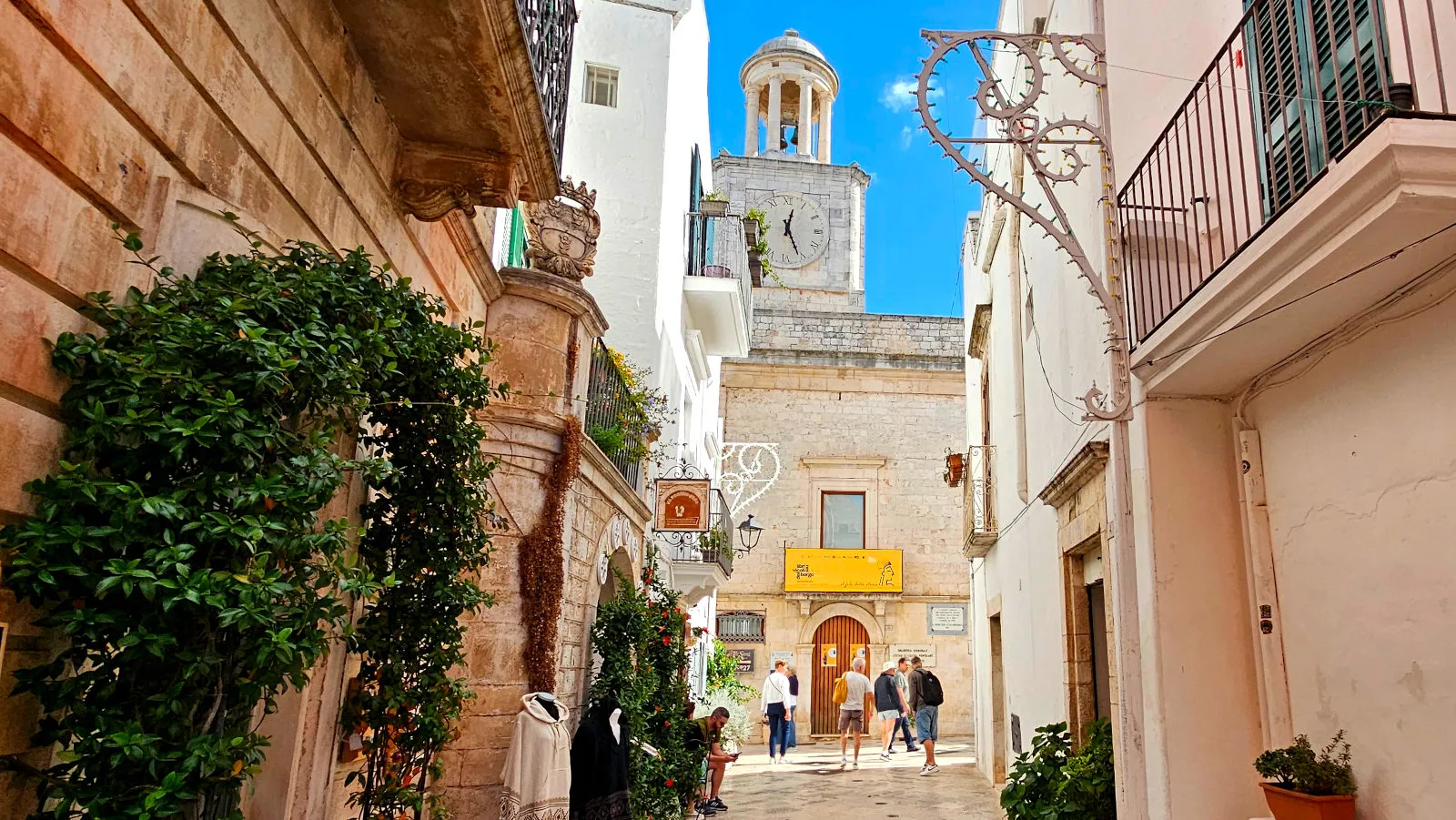Castellana cave, karst complex
Updated at: 20-09-2024
How this content can help you:
- You will discover the history and legends of the Castellana Caves before their discovery in 1938.
- You will get to know the spectacular limestone formations, such as the Grave and the White Cave.
- You will learn about the tourist routes offered and activities like Speleo Family and Hell in the Cave.
- You will receive practical advice for your visit, from clothing to booking.
- You will find out how to reach the caves and which attractions to visit nearby.

The Castellana Caves, located in the south-eastern Murge region, at the gateway to the Itria Valley, represent one of Italy's most spectacular and fascinating karst complexes.
Discovered in 1938 by speleologist Franco Anelli, these caves offer visitors a unique experience among stalactites, stalagmites, and incredible limestone formations that stretch for over three kilometers.
Exploring the Castellana Caves means diving into a magical underground world where nature has patiently sculpted a dreamlike scenario over millennia.
An Ancient and Legendary History
Before their official discovery, the Castellana Caves were shrouded in mystery and legends.
The Grave, the initial chasm of the caves, was considered a cursed place. It was said that at night, dancing vapors would emerge, believed to be the souls of the unfortunate who had committed suicide by throwing themselves in.
Other legends spoke of a monster that kept a maiden hidden there.
These frightening tales, coupled with the danger of the place, made it a perfect trap for bandits who robbed travelers with the threat of a leap into the void with no return.
Discovery and Exploration
The caves' discovery happened in January 1938, when speleologist Franco Anelli first gazed into the abyss of the Grave.
Anelli immediately recognized the exceptional potential of this discovery and began systematic exploration, revealing an unimaginable subterranean world of beauty.
The Grave, a 60-meter deep chasm, 50 meters wide and 100 meters long, with a striking hole that opens towards the Apulian sky, represents the main entrance to the karst complex.
The limestone formations of the Castellana Caves
One of the most fascinating features of the Castellana Caves is the limestone formations.
Stalactites and stalagmites, formed by the slow dripping of water dissolving and depositing calcium carbonate, create an extraordinary spectacle.
Among the most famous and evocative formations are:
- The White Cave: Known for its milky whiteness, it is considered one of the whitest caves in the world due to the purity of its calcium carbonate.
- The Abyss: An impressive underground precipice that both enchants and terrifies.
- The Milan Cathedral and The Leaning Tower of Pisa: Formations that recall the famous Italian architectures.
- The She-Wolf: A formation that seems to depict a she-wolf, a symbol of Roman mythology.
The Tourist Route
The tourist route of the Castellana Caves offers two main itineraries:
- Short Route: Lasts about an hour and covers one kilometer, allowing visitors to see some of the most beautiful formations and get a taste of the magnificent underground world.
- Full Route: This three-kilometer route lasts about two and a half hours and includes all the main caverns, culminating with a visit to the White Cave.
During the visit, tourists can admire a succession of caverns, corridors, and canyons named after the shapes sculpted by water in the limestone.
Among these are the She-Wolf, the Monuments, the Owl, the Altar, the Champagne Cup, the Abyss, and the Fountain.
Activities and Experiences inside the Castellana Caves
In addition to guided tours, the Castellana Caves offer a variety of unique experiences:
- Speleo Family: A speleological adventure designed for families with children aged 4 and up. Children love wearing helmets with torches and exploring the caves with an expert speleologist.
- Hell in the Cave: An acrobatic show inspired by Dante's Inferno, often performed in the Grave, offering a spectacular combination of acrobatics, lights, and sounds in a unique natural setting.
Tips for Visitors
To fully enjoy the visit to the Castellana Caves, it is advisable to:
- Wear warm clothing: The temperature inside the caves remains constant between 16 and 18 degrees, so a jacket or sweater is useful.
- Wear appropriate footwear: Shoes with good grip are essential for walking safely on surfaces that can be slippery.
- Book tickets in advance: Especially during high season, booking online can avoid long queues and ensure participation in the desired visit.
How to Get to the Castellana Caves
The Castellana Caves are about 45 kilometers from Bari and are easily accessible by car.
There is also a local bus service connecting nearby towns to the caves. For those arriving by car, there is ample paid parking near the caves' entrance.
Things to Do Nearby
Around the Castellana Caves, there are many other attractions worth visiting:
- Alberobello: Famous for its trulli, conical stone structures declared a UNESCO World Heritage Site.
- Polignano a Mare: A charming seaside village known for its cliffs overlooking the sea and its picturesque historic center.
- Monopoli: A coastal town with a fascinating historic center and beautiful beaches.
- Locorotondo: Known for its white streets and houses with pointed roofs, offering spectacular views over the Itria Valley.
Conclusion
The Castellana Caves are a true natural treasure, a place where history, geology, and legend intertwine to offer an unforgettable experience.
Exploring these caves means entering a rich underground world of wonders, where every corner tells a millennia-old story.
Whether choosing the short or the full route, a visit to the Castellana Caves promises to be a fascinating adventure for everyone.




